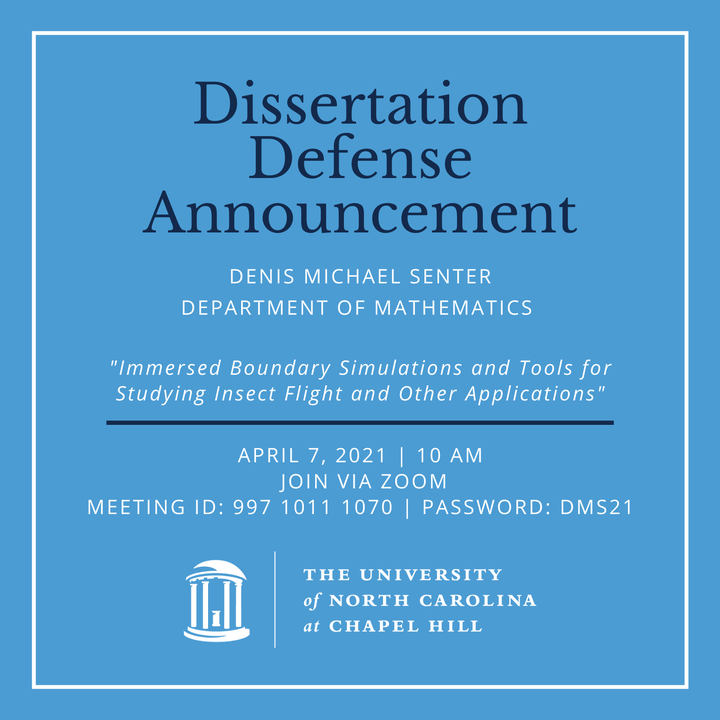
Abstract
All organisms must deal with fluid transport and interaction, whether it be internal, such as lungs moving air for the extraction of oxygen, or external, such as the expansion and contraction of a jellyfish bell for locomotion. Most organisms are highly deformable and their elastic deformations can be used to move fluid, move through fluid, and resist fluid forces. A particularly effective numerical method for biological fluid-structure interaction simulations is is the immersed boundary (IB) method. An important feature of this method is that the fluid is discretized separately from the boundary interface, meaning that the two meshes do not need to conform with each other. This thesis covers a software tool for the semi-automated creation of finite difference meshes of complex 2D geometries for use with 2D immersed boundary solvers IB2d and IBAMR, alongside two examples of locomotion - flight and swimming.